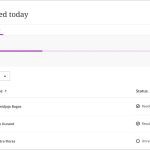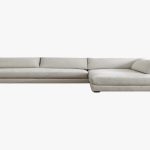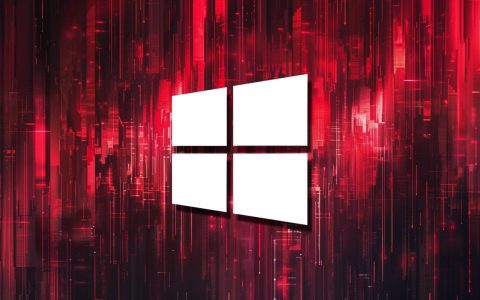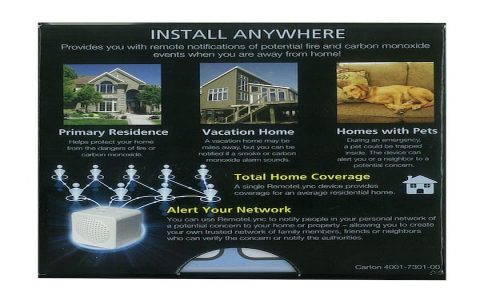Optimizing your soundbar's equalizer for movies requires balancing clarity with impact. These settings provide a solid foundation, but fine-tune based on your specific room and soundbar model.
Target Frequency Adjustments
- Sub-Bass (20Hz - 60Hz): Slightly boost (+2 to +4 dB) for deeper explosions and rumbles. Avoid extreme boosts to prevent distortion.
- Bass (60Hz - 250Hz): Maintain neutral (0 dB) or slight boost (+1 to +2 dB) for body and warmth. Over-boosting muddies dialogue.
- Low-Midrange (250Hz - 500Hz): Often reduce slightly (-1 to -3 dB) to clean up "muddiness" and improve dialogue clarity, especially in smaller rooms.
- Midrange (500Hz - 2kHz): Keep largely neutral. This range is crucial for vocal intelligibility. Major cuts here make dialogue sound distant; boosts can cause harshness.
- Upper-Midrange/Presence (2kHz - 6kHz): Maintain neutral or slight boost (+1 to +2 dB) to enhance dialogue crispness and sound effects impact. Excessive boosting causes fatigue.
- Treble (6kHz - 20kHz): Maintain neutral or apply a very subtle boost (+1 to +2 dB max) for airiness and detail (cymbals, ambiance). Higher cuts reduce harshness if sibilance ("s" sounds) is prominent.
Essential Calibration Tips
- Start Flat: Reset EQ to flat/zero before adjustments.
- Use Movie Test Scenes: Reference scenes with clear dialogue, impactful explosions, and detailed ambiance. Listen critically to how changes affect each element.
- Prioritize Dialogue: Dialogue clarity is paramount. If it sounds muffled, try reducing Low-Mids (250-500Hz) slightly before boosting Upper-Mids.
- Moderate Bass: Overpowering bass drowns out mids and highs. Increase only enough to feel impact without distortion.
- Room Size Matters: Smaller rooms often require less bass boost and benefit more from Low-Mid cuts to combat boominess.
- Virtual Surround: If enabled, small EQ tweaks might suffice. Disable it temporarily when calibrating for critical listening.
- Source Quality: Use high-quality sources (Blu-ray, 4K UHD, high-bitrate streaming) for accurate calibration.
- Night Mode/Dynamic Compression: Use these modes judiciously. They often work by dynamically boosting quiet sounds and reducing loud peaks, potentially masking EQ imbalances.
Common Pitfalls
- Excessive Boosting: Creates unnatural sound, distortion, and listener fatigue.
- Deep Cuts: Drastic cuts (-6dB or more) often indicate a room acoustics issue difficult to fix solely with EQ.
- Overlooking Source Content: Poorly mixed films might need different settings than reference mixes. Adjust if necessary.











